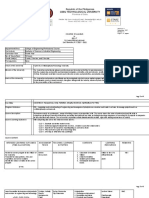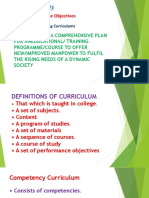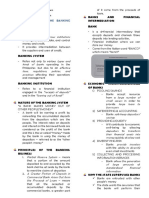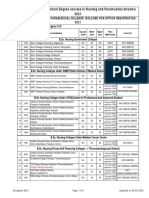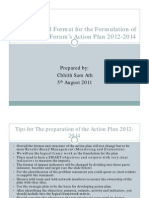0% found this document useful (0 votes)
22 views2 pagesEnd443 Course Syllabus
The document outlines the course END 443 / Business Planning & Innovation, which is a 3-credit elective designed to teach students how to plan and evaluate business opportunities. Key learning outcomes include evaluating business environments, defining marketing strategies, and selecting funding methods. The course includes various topics such as market scanning, segmentation, pricing policy, and financial forecasting over a 14-week schedule.
Uploaded by
Lola LaylanCopyright
© © All Rights Reserved
We take content rights seriously. If you suspect this is your content, claim it here.
Available Formats
Download as PDF, TXT or read online on Scribd
0% found this document useful (0 votes)
22 views2 pagesEnd443 Course Syllabus
The document outlines the course END 443 / Business Planning & Innovation, which is a 3-credit elective designed to teach students how to plan and evaluate business opportunities. Key learning outcomes include evaluating business environments, defining marketing strategies, and selecting funding methods. The course includes various topics such as market scanning, segmentation, pricing policy, and financial forecasting over a 14-week schedule.
Uploaded by
Lola LaylanCopyright
© © All Rights Reserved
We take content rights seriously. If you suspect this is your content, claim it here.
Available Formats
Download as PDF, TXT or read online on Scribd
/ 2








